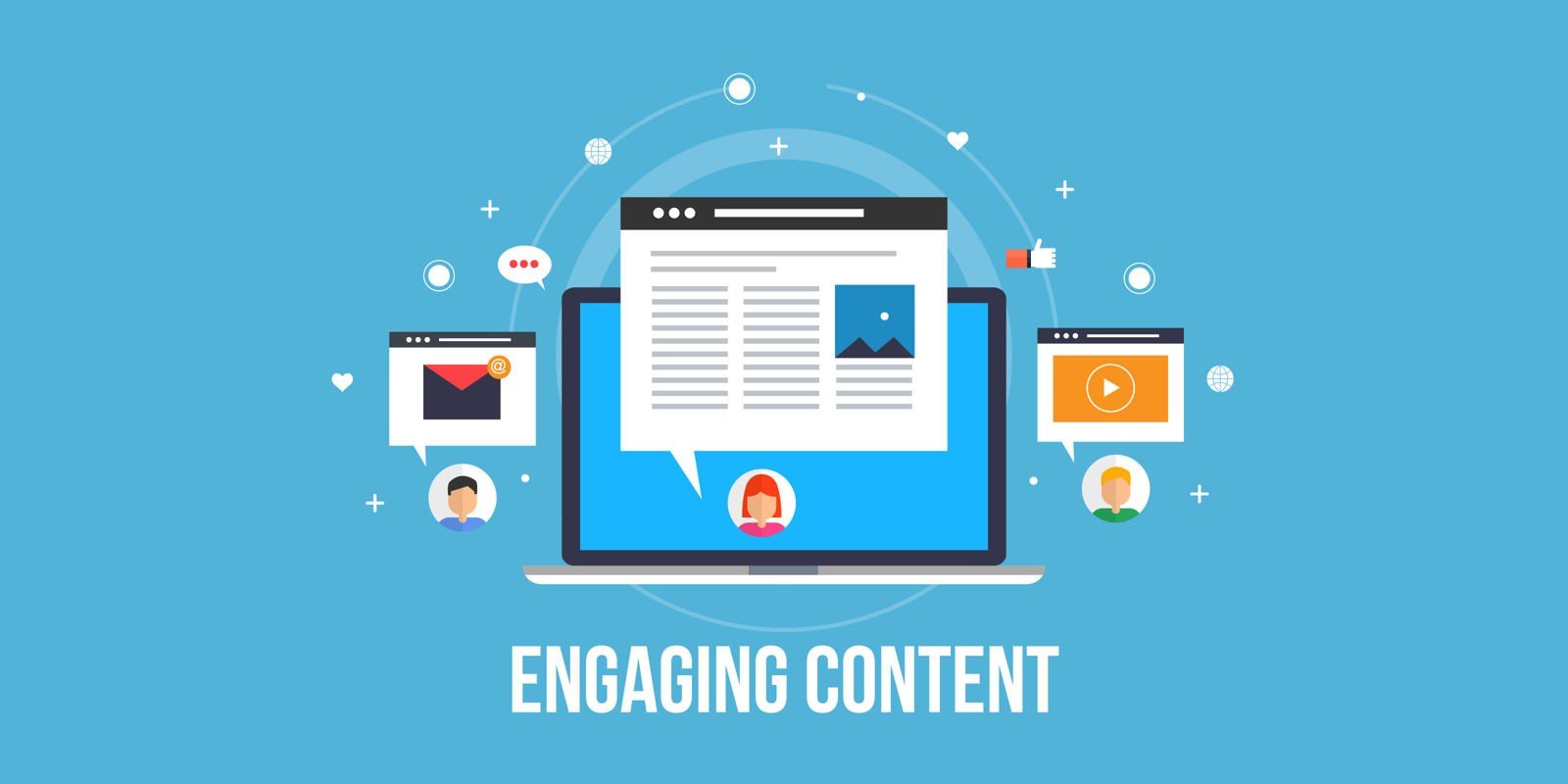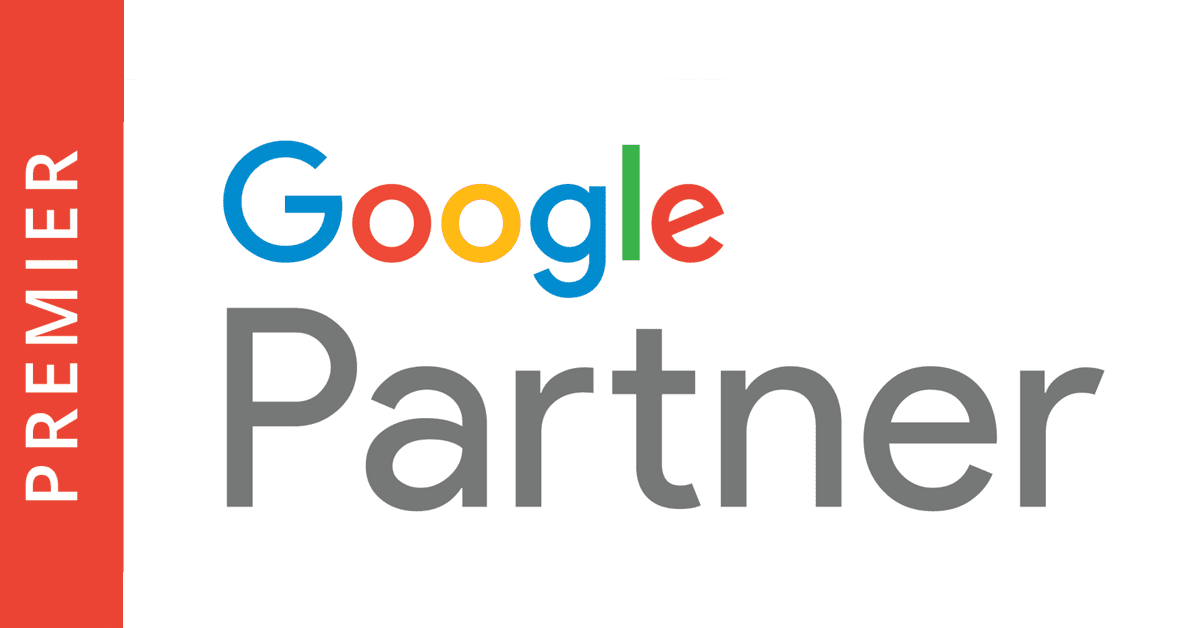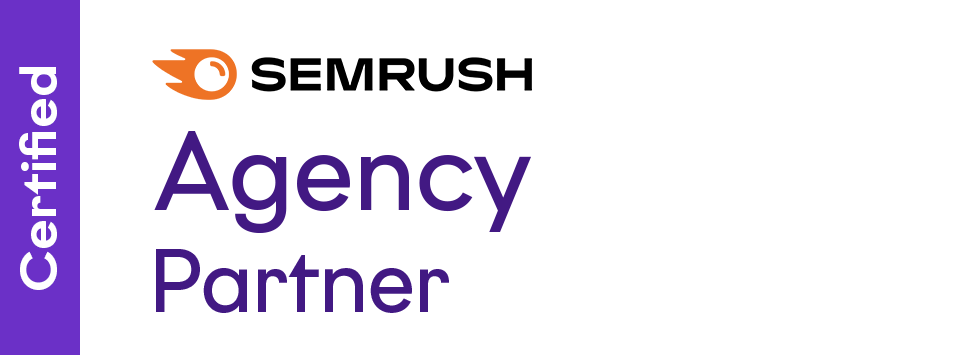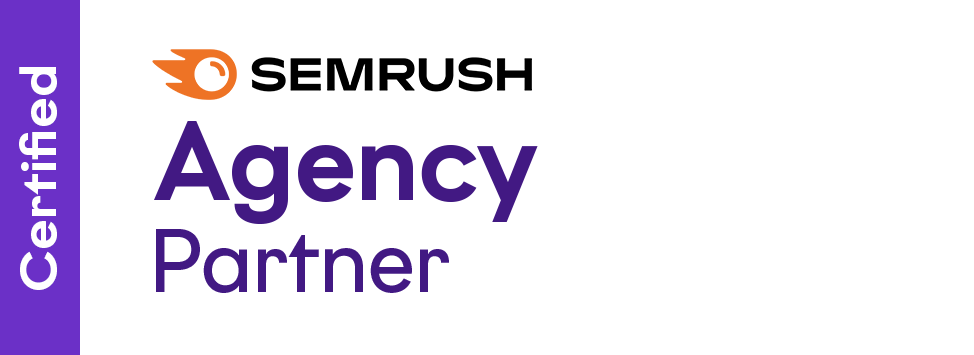The strategic implementation of landing pages is crucial for the success of any digital project or marketing initiative. As an advocate for the efficacy of meticulously designed landing pages, I consistently integrate them into new ventures and client-specific promotions. Their role as pivotal elements in email marketing and social media campaigns is indisputable and has consistently yielded positive outcomes.
However, it’s important to acknowledge the challenges associated with augmenting organic traffic and rankings for landing pages. Unlike blogs, landing pages inherently lack the capacity for natural link acquisition. Additionally, the necessity to maintain concise content to avoid detracting from the primary call-to-action poses a unique challenge, especially when considering the potential for featured snippets.
The multifaceted nature of commercial landing pages necessitates a balance between utility and minimalism. They must be sufficiently compelling to garner organic links, while simultaneously being clear and focused to convert visitors into customers. This balance is critical, as each aspect plays a vital role in the success of a landing page.
Empirical data underscores the significance of landing pages in digital marketing:
- Conversion Rate Optimization (CRO) tools report an average ROI of 223%.
- Businesses with 40 or more landing pages generate twelve times more leads than those with only 1-5.
These statistics highlight the importance of landing pages not only in conversion strategies but also in overall business success. With this understanding, let’s delve into optimizing landing pages for 2023, aiming to maximize organic traffic, elevate conversion rates, and secure top positions in search engine rankings.
Here are the five steps for doing that.
Step 1: Comprehensive Content Research
Effective content creation begins with thorough keyword research, particularly in keyword analysis. The significance of this step cannot be overstated, as it forms the foundation of content that resonates with the target audience. I recommend tools like Serpstat for user-friendly SEO and keyword research, offering features like:
- Keyword suggestions based on Google’s popular queries
- Question analyzer, a helpful feature suggesting you popular questions based on Google Suggest results
- Keyword clustering groping your keywords based on how related they are.
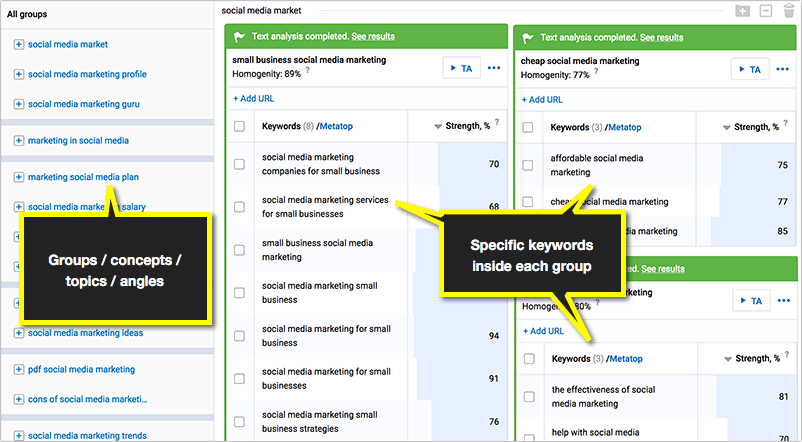
Further Reading: How to Increase Website Traffic with Search Terms & Advanced Keyword Research
Step 2: Aligning Content with Audience Needs
Go beyond keyword research, it’s essential to match your content with audience interests. Utilize insights from your keyword research to create content that addresses specific user queries and needs. Analyze Google Search results to understand user intent and tailor your landing page’s design and content accordingly.
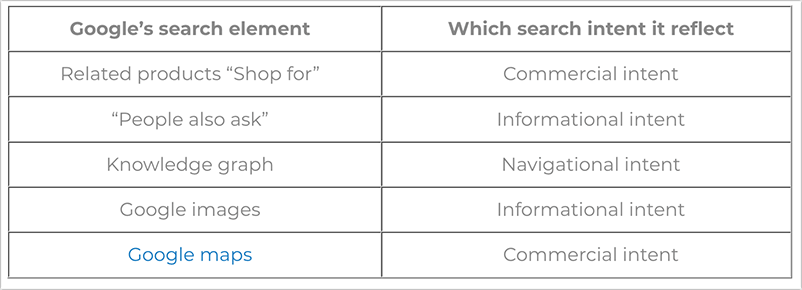
Step 3: Optimize As Usual
SEO for landing pages mirrors that of standard web pages. Focus on targeting relevant keywords, implementing structured data, optimizing image alt texts, and incorporating related concepts and synonyms. Consider incorporating diverse content forms like videos, tables, and charts to enhance engagement and potential feature in Google’s top positions.
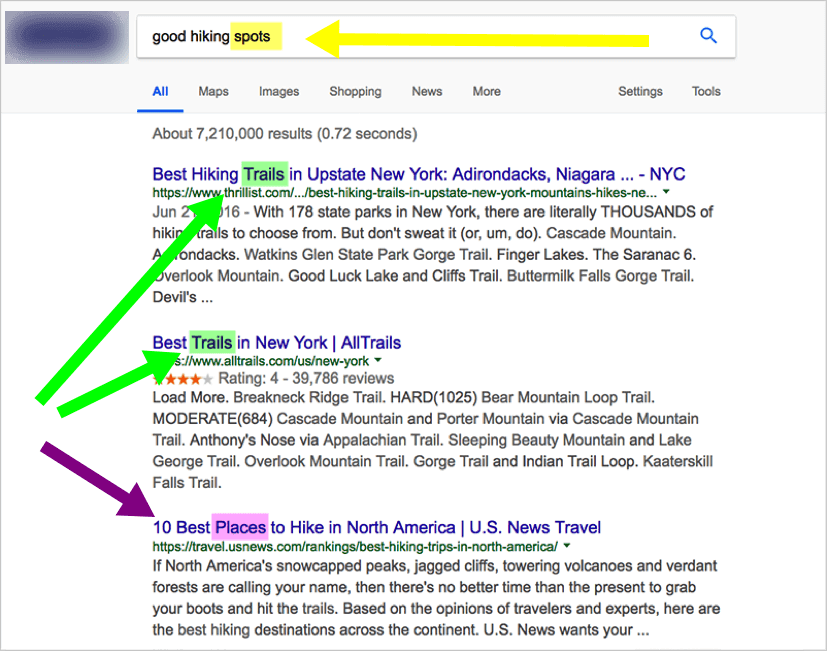
To maximize the effectiveness of your landing page prior to its publication, I recommend utilizing a comprehensive checklist. This ensures you fully leverage the potential of your content.
Consider incorporating diverse content formats that not only enhance your on-page SEO but also captivate and guide your visitors through the conversion process:
- Integrating videos is increasingly critical in today’s digital landscape, where consumer preferences are shifting towards visual content. It’s been observed that landing pages featuring videos can witness a surge in conversion rates, potentially up to 86%. Skillfully optimizing videos can significantly elevate your brand’s visibility.
- Utilizing tables and charts can enhance the likelihood of your landing page being featured prominently in Google’s search results. Strategically designed data visualizations like tables, charts, and graphs can help you win featured snippets.
- Optimizing with images plays a pivotal role in your page’s visibility within Google’s image search, which is frequently integrated into standard search results. Employ distinctive watermarks to ensure your brand is immediately identifiable, enhancing recognition even before users click on your page.
More on content optimisation: 3 Tips For SEO Content Optimization in 2023
Step 4: Monitor Your Results
Continuous analysis and adaptation are key. There are a variety of tools out there that can help you get a better understanding of how users are interacting with your website. Google Analytics is nice free tool to start using at this point to monitor your progress. You can create a custom report for each of your key landing pages to monitor them closely:
You can also create a heatmap, which will help you see what my audience is focusing on. There’s a variety of heatmap generators: Here’s a good comparison of some of the most popular ones:

Step 5: Proactive Sharing and Promotion
Given the limited organic reach of landing pages, proactive promotion is vital. Leverage social media advertising, lead generation forms, and influencer partnerships to amplify your landing page’s visibility. Internal and social linking, along with strategic calls-to-action (CTAs), can further enhance reach.
Some examples of things you can do:
- Use social media advertising to engage your followers with your landing pages
- Use lead generation forms to collect emails from people who may be interested in your offer later and then send them special offers just in time for holidays and special occasions when they feel most inclined to buy
- Reaching out to niche influencers offering them all kinds of partnerships.
- Give yourself an additional boost by linking internally, socially and having plenty of CTA’s leading back to the landing page.
Further Reading: How to Boost Your Visual Marketing Efforts with These Ten Tools











